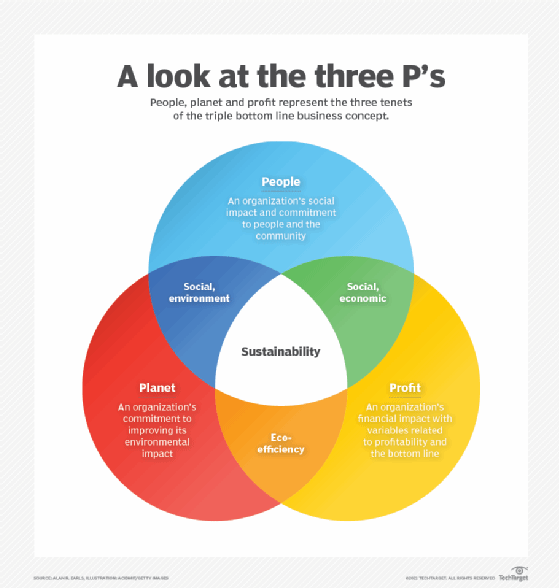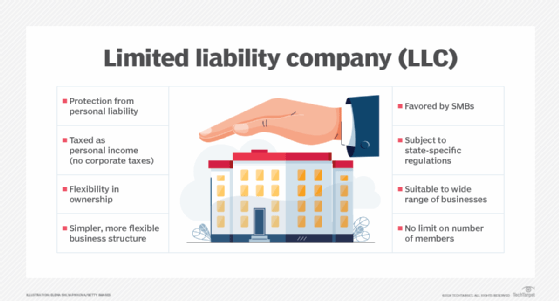business structure
What is a business structure?
A business structure is a category of organization that is legally recognized in a given jurisdiction and characterized by the legal definition of that particular category.
Types of business structures
Common examples of business structures include corporations, partnerships, holding companies, nonprofits, subsidiaries and limited liability companies. The following sections will explore various types of business structures.
Sole proprietorship
A sole proprietorship is an unincorporated business owned by a single individual. Freelancers and many other self-employed people are, in legal terms, operating a sole proprietor business.
Corporation
A corporation is a large and complex organization that is owned by its stockholders. The corporation is considered an independent legal entity and, as such, is responsible for its actions and debts. A standard corporation is sometimes known as a C corporation or C corp but is usually just called a corporation unless the distinction is required for clarity.
In recent years, corporations have also been focusing on corporate social responsibility to enhance their public image and comply with regulations.
S corporation
An S corporation (S corp) is an alternative to the C corp in which the business's profits and losses pass through to stockholders and must be reconciled on their individual tax returns.
This structure is beneficial for small businesses that want to avoid double taxation while still enjoying the benefits of a corporation.

Benefit corporation
A benefit corporation (B corp) is an organization that commits to what is sometimes called the triple bottom line -- an expanded version of that business concept that includes social and environmental results as well as financial results.
To this end, a B corp seeks to identify social missions and demonstrate corporate sustainability efforts; in return, the organization may be eligible for certain types of legal protection, bidding protection or tax benefits.
Benefit corporations are gaining popularity as consumers and investors increasingly prioritize environmental, social and governance (ESG) responsibility.
Limited liability company
A limited liability company (LLC) is a flexible business structure that combines the characteristics of a corporation and a partnership. Owners, known as members, are protected from personal liability for the company's debts and actions.
This structure is popular among small and medium-sized businesses due to its flexibility and protection.
Partnership
A partnership is a business structure where two or more individuals share ownership and the responsibilities of running the business.
There are different types of partnerships, such as general partnerships and limited partnerships, each with varying levels of liability and involvement in management.
Nonprofit organization
A nonprofit organization (NPO) is a business structure designed to pursue social, educational or charitable goals rather than generating profits for owners or investors.
NPOs can apply for tax-exempt status, which allows them to be exempt from federal income taxes on donations and other income related to their mission.

Holding company
A holding company is a type of business structure that owns other companies' outstanding stock. The primary purpose of a holding company is to control and manage other companies, which are known as subsidiaries.
This structure allows the holding company to benefit from the subsidiaries' operations without being directly involved in their day-to-day activities.
Subsidiary
A subsidiary is a company that is controlled by another company, known as the parent company or holding company. Subsidiaries operate as separate legal entities but are influenced by the parent company's decisions and policies.
Which business structure is best for you?
Choosing the right business structure is a crucial decision for any entrepreneur or business owner. Each structure has its advantages and disadvantages, and the best choice depends on various factors, including the nature of the business, the number of owners, liability concerns and tax implications.
Avoiding business problems and operating effectively require companies -- whatever their business structure -- to be ready to cope with common risks. Read about 13 types of business risks for companies to manage.